Apple's latest MacBook Pro refresh brings serious upgrades under the hood, but choosing between the M4 Pro and M5 models is trickier than it looks. Apple now sells two distinct 14-inch MacBook Pro configurations at different price points, and the entry-level model was just updated with Apple's newest silicon. Both laptops can be customized with additional memory and storage to fit your workflow, whether that means more headroom for renders or extra space for media libraries.
Here's the real split: despite sharing the Pro badge, these machines chase different wins. The M5 targets mainstream users who want cutting-edge AI features. The M4 Pro caters to pros who need maximum raw compute. You feel that difference in the core counts, the ports, and even how they cool themselves.
Chip architecture: where silicon meets real-world performance
Start with the basics. The M5 MacBook Pro pairs a balanced 10-core CPU with a 10-core GPU, while the M4 Pro starts stronger on paper, offering a 12-core CPU and 16-core GPU.
Manufacturing tells the rest of the story. Apple built the M5 on TSMC's third-generation 3nm process, N3P, while the M4 Pro uses the second-generation N3E process. N3P brings roughly 5 to 10 percent better power efficiency and higher transistor density, which helps the M5 stretch battery life even as performance climbs, MacRumors reports.
The lineage is classic Apple. The M5 pulls from the A19 Pro in the iPhone 17 Pro, and the M4 Pro traces to the A18 Pro from the iPhone 16 Pro.
One more twist, and it is a big one. The M5 integrates Neural Accelerators into each GPU core, a feature the M4 Pro does not include. So image upscaling in Photoshop, AI-powered video noise reduction, and machine learning inference can tap both the Neural Engine and those accelerators at once. That is why some lighter AI workloads finish faster on M5 than on the beefier M4 Pro.
Graphics and AI capabilities: the real performance differentiators
Developers will notice it first. The M5 supports Metal 4 with enhanced Tensor capabilities, while the M4 Pro tops out at Metal 3. That unlocks advanced mesh shading, variable rate shading, and faster compute shaders on the M5, features the M4 Pro does not offer.
The graphics pipeline steps forward elsewhere, too. The M5 brings a third-generation ray tracing engine, the M4 Pro uses second generation. Dynamic caching moves to a second-generation design on M5, first generation on M4 Pro. Shader cores get a boost on M5 compared to the M4 Pro's standard setup.
In benchmarks, the gains show up everywhere. According to PC Mag, M5 improves both single and multi-core Cinebench scores, shaves about 20 seconds off a HandBrake transcode, and posts a 19 percent bump in Geekbench over the M4. The headline, though, is AI. In specific GPU-based AI tests, M5 hits a 3x jump, which PC Mag called "nothing like what I'd expect in a year-over-year comparison."
If your day includes Topaz AI upscaling, noise reduction on a tight deadline, or running local ML models between meetings, those gains are not abstract. They feel like time back, or a skipped coffee run while you wait for a progress bar.
Memory bandwidth and system design trade-offs
In tests, memory bandwidth splits these laptops into different lanes. M5 offers 153GB/s. M4 Pro jumps to 273GB/s. That near 80 percent gap matters when you are pushing large Blender scenes, juggling multiple 4K video streams, or moving chunky datasets through analysis tools.
Configurations follow suit. M5 models come in 16GB, 24GB, or 32GB, while M4 Pro starts at 24GB and goes up to 48GB. Working on 8K projects or big architectural models? That extra headroom can keep you out of swap-to-storage purgatory.
Cooling takes a different tack as well. The M5 MacBook Pro uses a single-fan system. The M4 Pro relies on dual fans to corral higher sustained performance. Counterintuitive, but true, dual fans can stay quieter at moderate loads since each one spins less.
Connectivity is another fork in the road. The M5 features three Thunderbolt 4, USB-C ports. The M4 Pro steps up to three Thunderbolt 5, USB-C ports. Thunderbolt 5 brings 120Gbps versus Thunderbolt 4's 40Gbps, which can make the difference between smooth multi-display setups and a lot of cable shuffling.
Battery life and pricing: the bottom line considerations
Battery life tips toward M5. It is rated for up to 24 hours, while the M4 Pro is rated for 22 hours. Real-world checks back that up. CNET reports the M5 MacBook Pro ran nearly 23 hours in testing, roughly an hour longer than the M4 MacBook Pro's almost 22-hour result.
That stems from the M5's N3P process and architectural tweaks, which pay off during web browsing, docs, and media playback. Under sustained pro workloads, the M4 Pro can finish heavy jobs faster thanks to extra cores and higher memory bandwidth, sometimes offsetting its higher draw simply by wrapping sooner.
Price seals the pitch. The M4 Pro MacBook Pro starts at $1,999. The M5 version begins at $1,599. That $400 spread is real value, especially since PC Mag's testing showed a 3x jump in specific GPU-based AI tests.
Which MacBook Pro deserves your investment?
The hardware shell is the same either way, which simplifies things. Both keep the aluminum build in Silver and Space Black, measure 0.61 by 12.3 by 8.7 inches, and weigh 3.4 pounds. The display is the familiar 14.2-inch Liquid Retina XDR at 3,024 by 1,964 pixels, 254 ppi.
Go M5 if you are a content creator leaning into AI-enhanced photo edits, a developer experimenting with machine learning, or a gamer and creative who wants the newest graphics features. Neural Accelerators, Metal 4 support, and better efficiency make it a sweet spot at $1,599.
Pick the M4 Pro if your day is stacked with multi-stream 4K edits, complex 3D renders, or marathon compiles. Higher memory bandwidth, more CPU and GPU cores, and Thunderbolt 5 connectivity justify the $1,999 starting price when raw throughput is the priority.
My read, the M5 is Apple betting big on AI-forward computing, bringing next-gen workflows to a wider crowd without a premium price. The M4 Pro stays the workhorse for people who bill hours to performance. Ask yourself what you want to run fast: AI-assisted tasks or brute-force jobs, then choose the one that makes your everyday faster, not just your benchmarks.







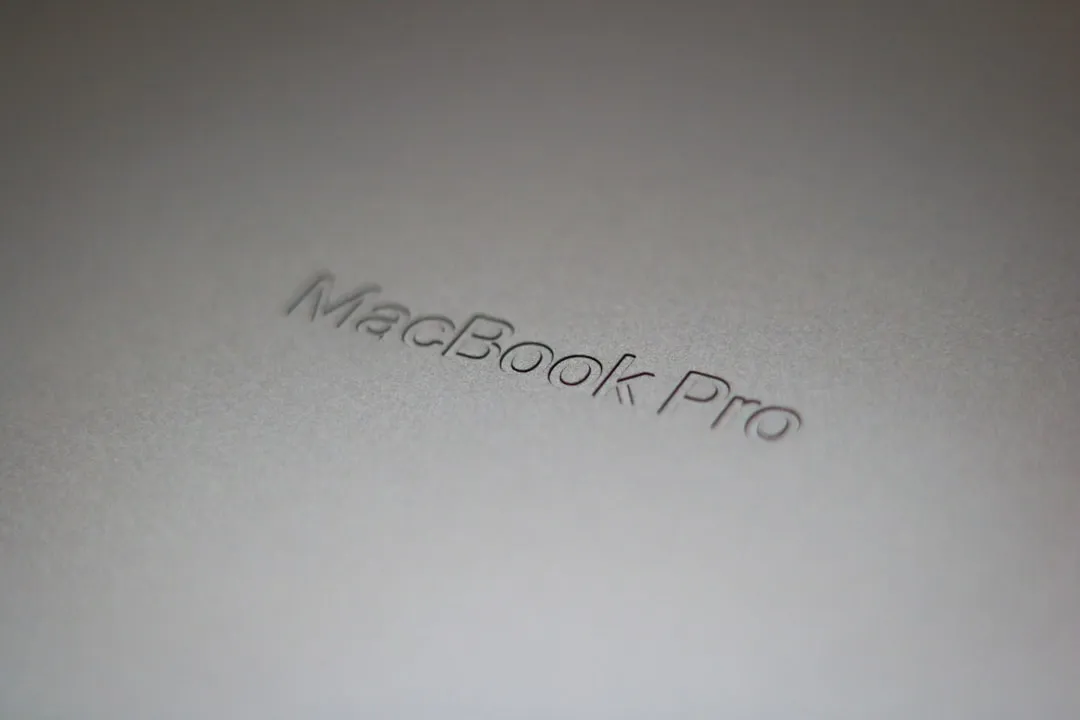
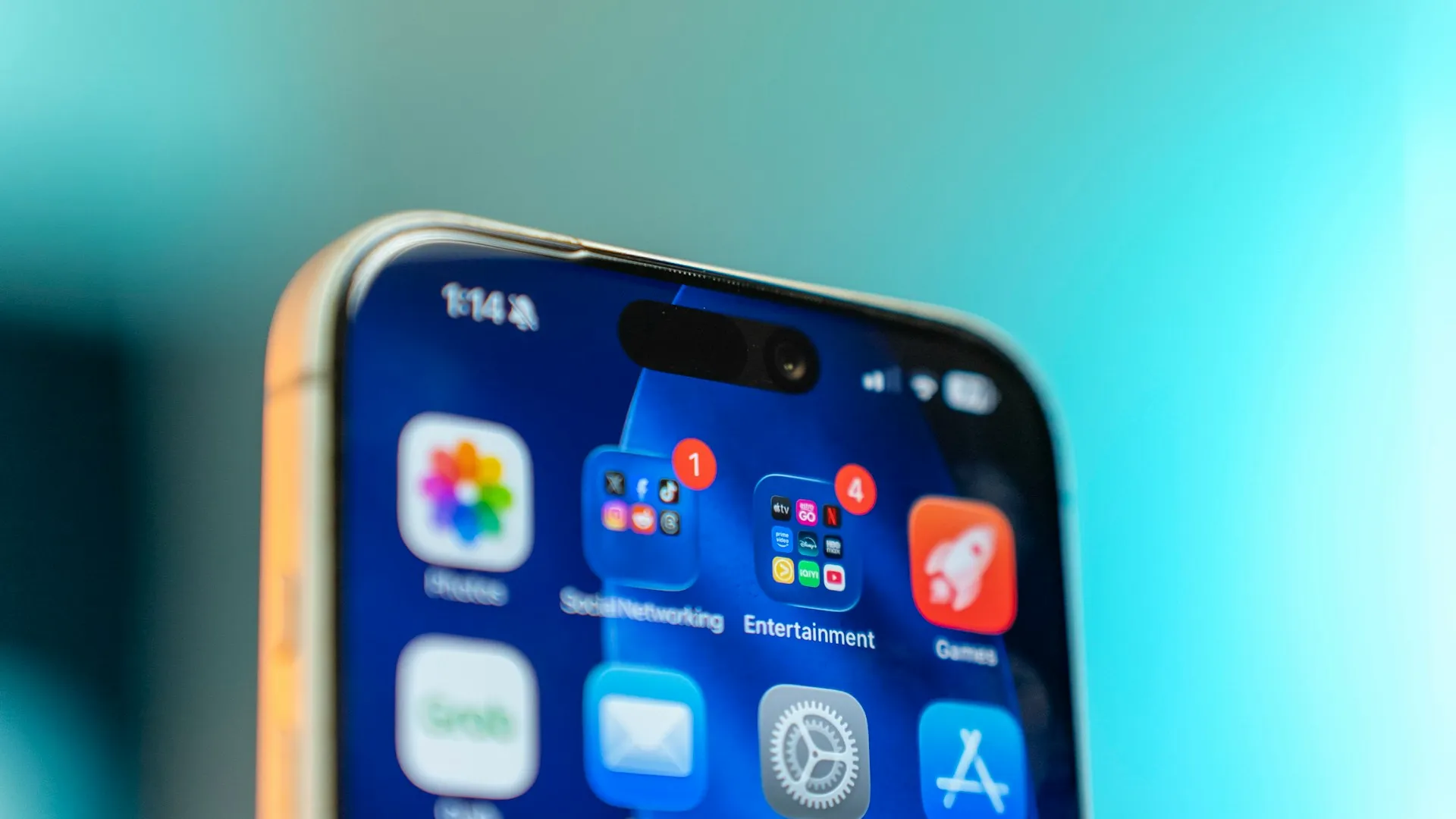
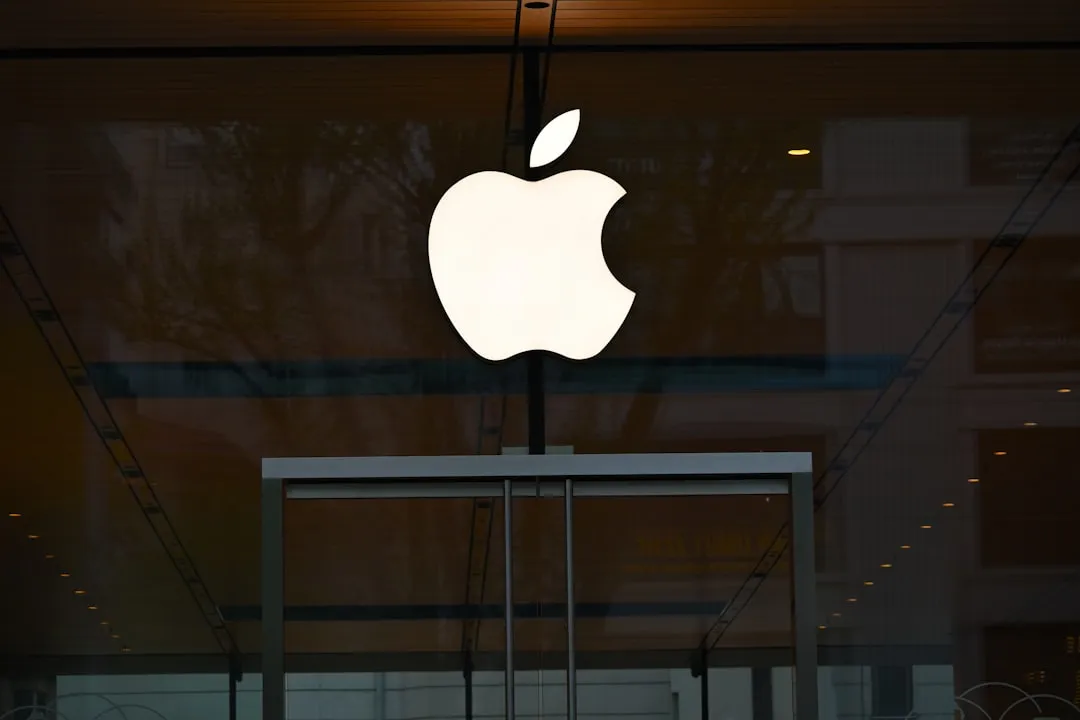




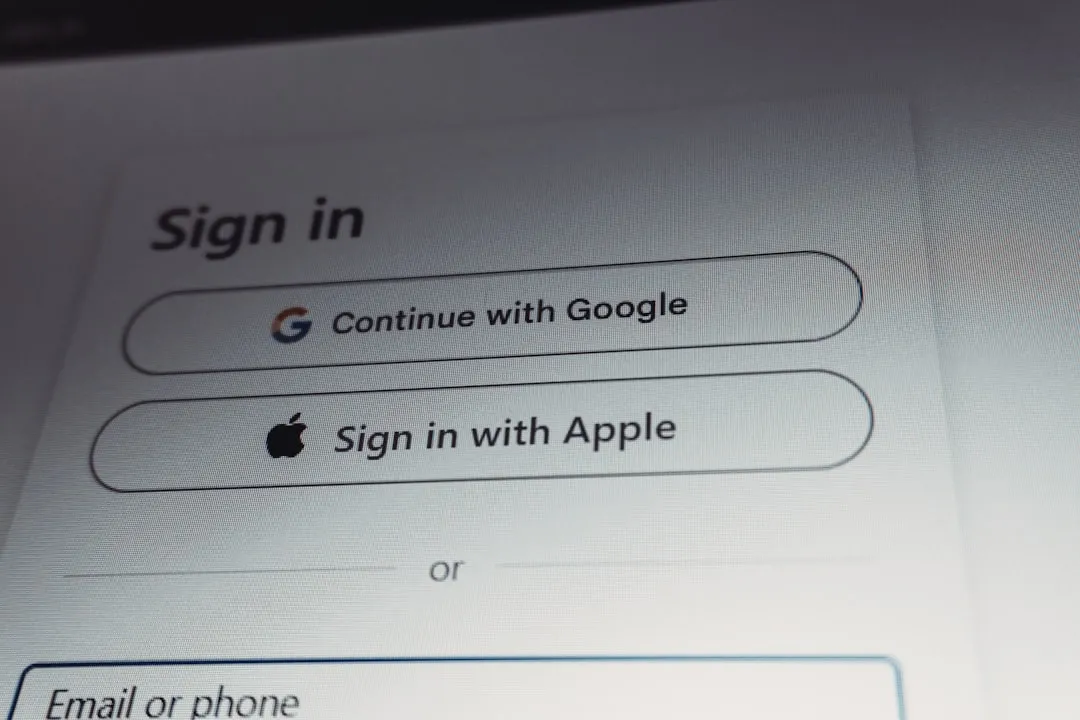
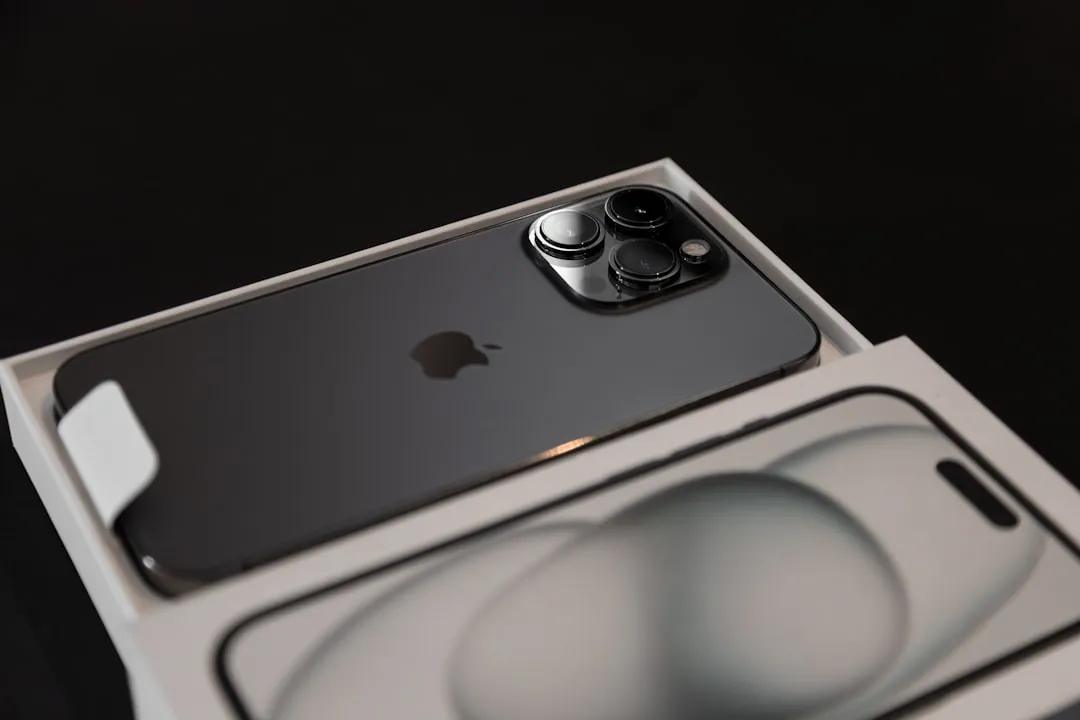
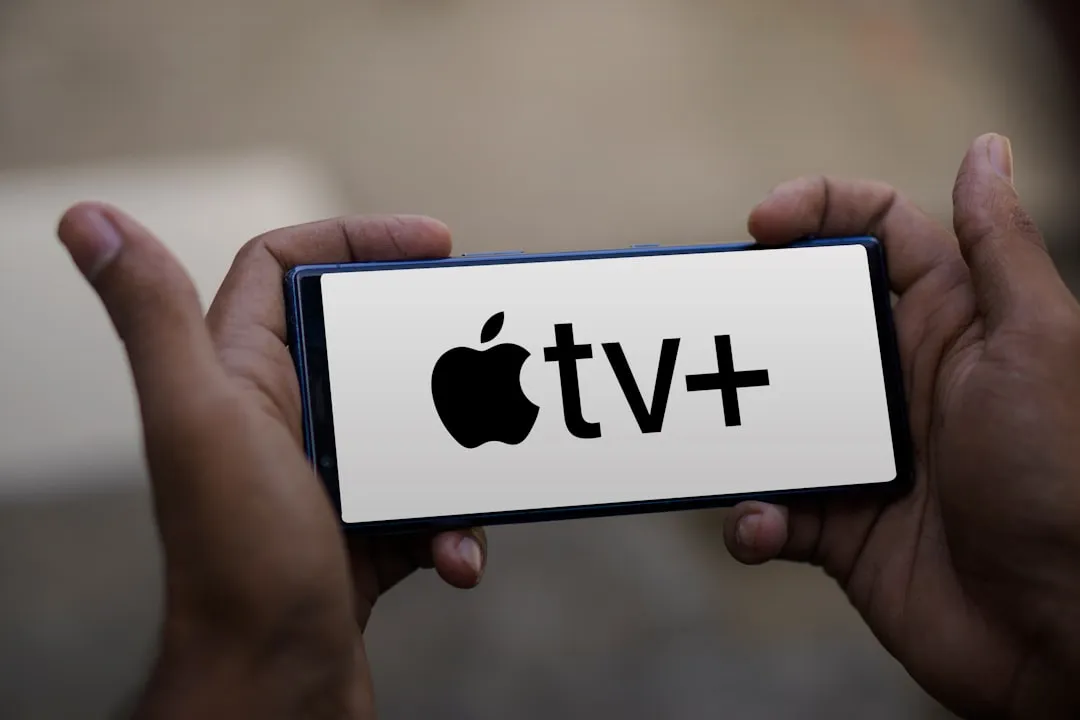

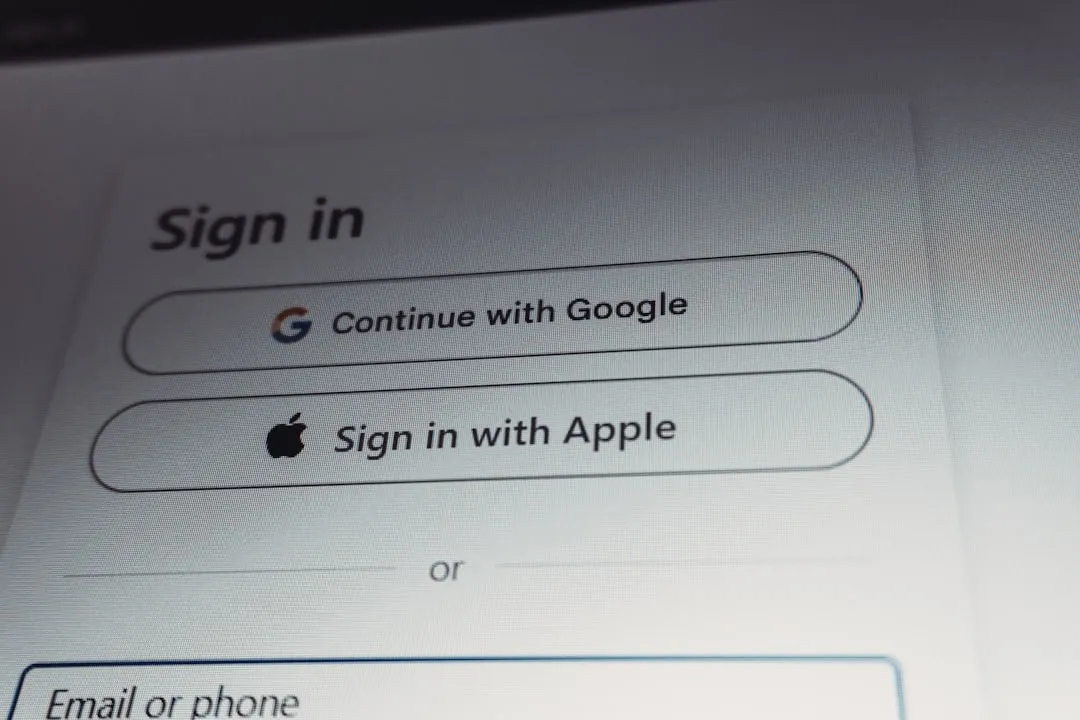





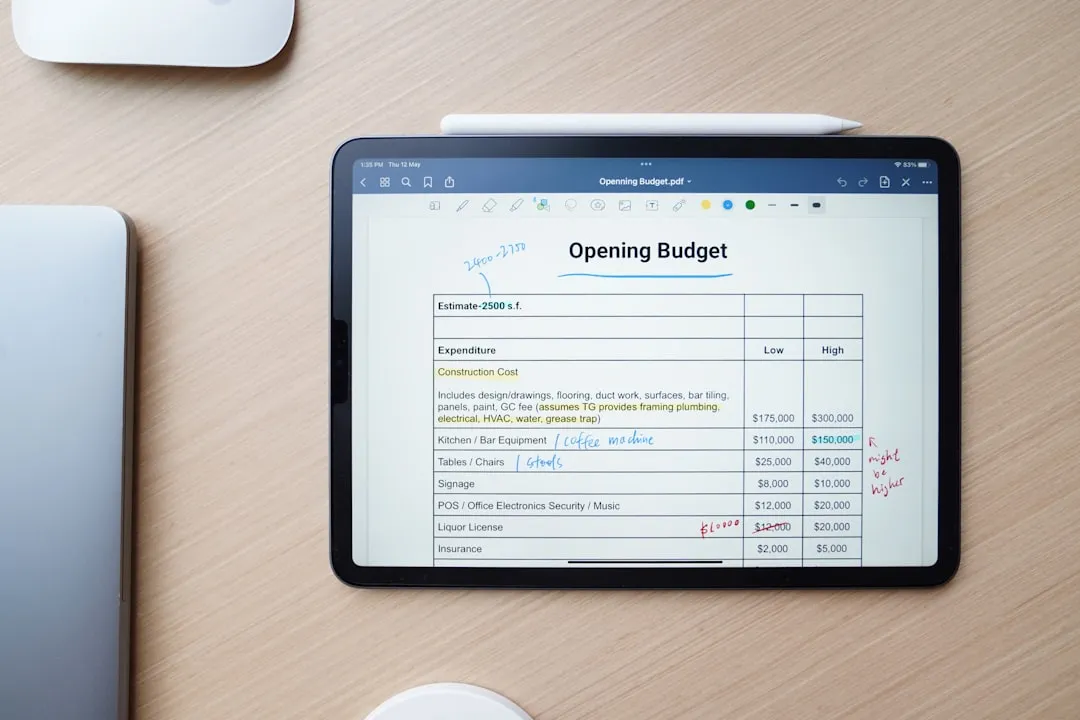



Comments
Be the first, drop a comment!